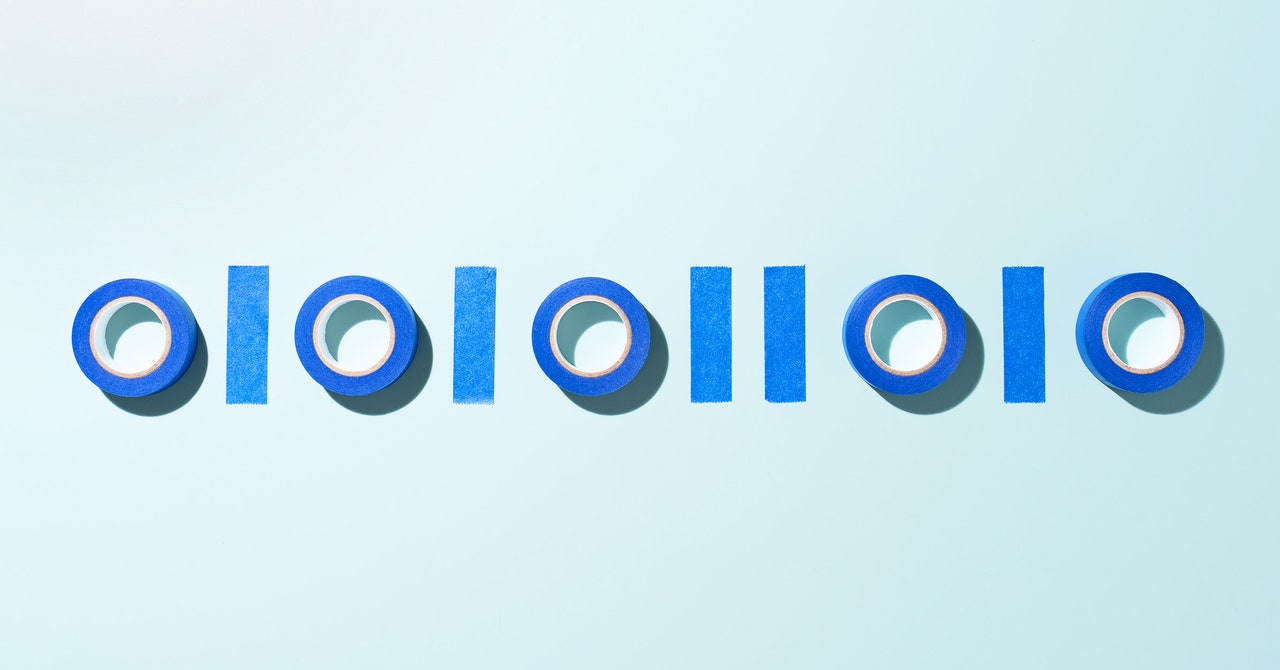“In this age of machine learning, it’s not the algorithms, it’s the data,” said David Karger, a professor and computer scientist at MIT. Karger says Musk could improve Twitter by making the platform more open so others can build on top of it in new ways. “What makes Twitter important isn’t its algorithms,” he says. “It’s the people who tweet.”
A deeper picture of how Twitter works would also mean unlocking more than just the handwritten algorithms. “The code is fine; the data is better; the code and data combined in a model could be best,” said Alex Engler, a fellow in governance studies at the Brookings Institution who studies the impact of AI on society.
The machine learning models Twitter uses are only part of the picture, as the entire system also responds to real-time user behavior in complex ways. If users are particularly interested in a particular news item, then related tweets are naturally amplified. “Twitter is a socio-technical system,” said a second Twitter source. “It responds to human behavior.”
This fact was illustrated by research published by Twitter in December 2021, which found that right-leaning messages received more amplification than left-leaning, although the dynamics behind this phenomenon were unclear.
“That’s why we do audits,” said Ethan Zuckerman, a professor at the University of Massachusetts Amherst who teaches public policy, communication and information. “Even the people who build these tools end up discovering surprising flaws and flaws.”
One irony of Musk’s alleged motives for taking over Twitter, Zuckerman says, is that the company has been remarkably transparent about how its algorithm works lately. In August 2021, Twitter launched a competition that gave outside researchers access to an image cropping algorithm that exhibited biased behavior. The company has also been working on ways to give users more control over the algorithms that bring content to the surface, according to those with knowledge of the work.
Releasing a Twitter code would provide greater transparency, says Damon McCoy, an associate professor at New York University who studies the security and privacy of large, complex systems, including social networks, but even those who built Twitter. may not fully understand how it works.
One concern for Twitter’s technical team is that, amid all this complexity, some code could be taken out of context and flagged as a sign of bias. Revealing too much about how Twitter’s recommendation system works can also lead to security vulnerabilities. Access to a recommendation system would make it easier to play the system and gain fame. It may also be possible to exploit machine learning algorithms in ways that are subtle and difficult to detect. “Bad actors are currently researching and testing the system,” McCoy says. Accessing Twitter’s models “can help outsiders understand some of the principles used to elevate certain content over others.”
On April 18, as Musk stepped up his efforts to acquire Twitter, someone with access to Twitter’s Github, where the company is already releasing some of its code, created a new repository called “the algorithm” — perhaps a developer’s dig at the idea that the company can easily release details about how it works. Shortly after the Musk acquisition was announced, it disappeared.
Additional reporting by Tom Simonite†
More great WIRED stories

